Home>Furniture & Design>Interior Design Trends>How To Make Breakaway Glass
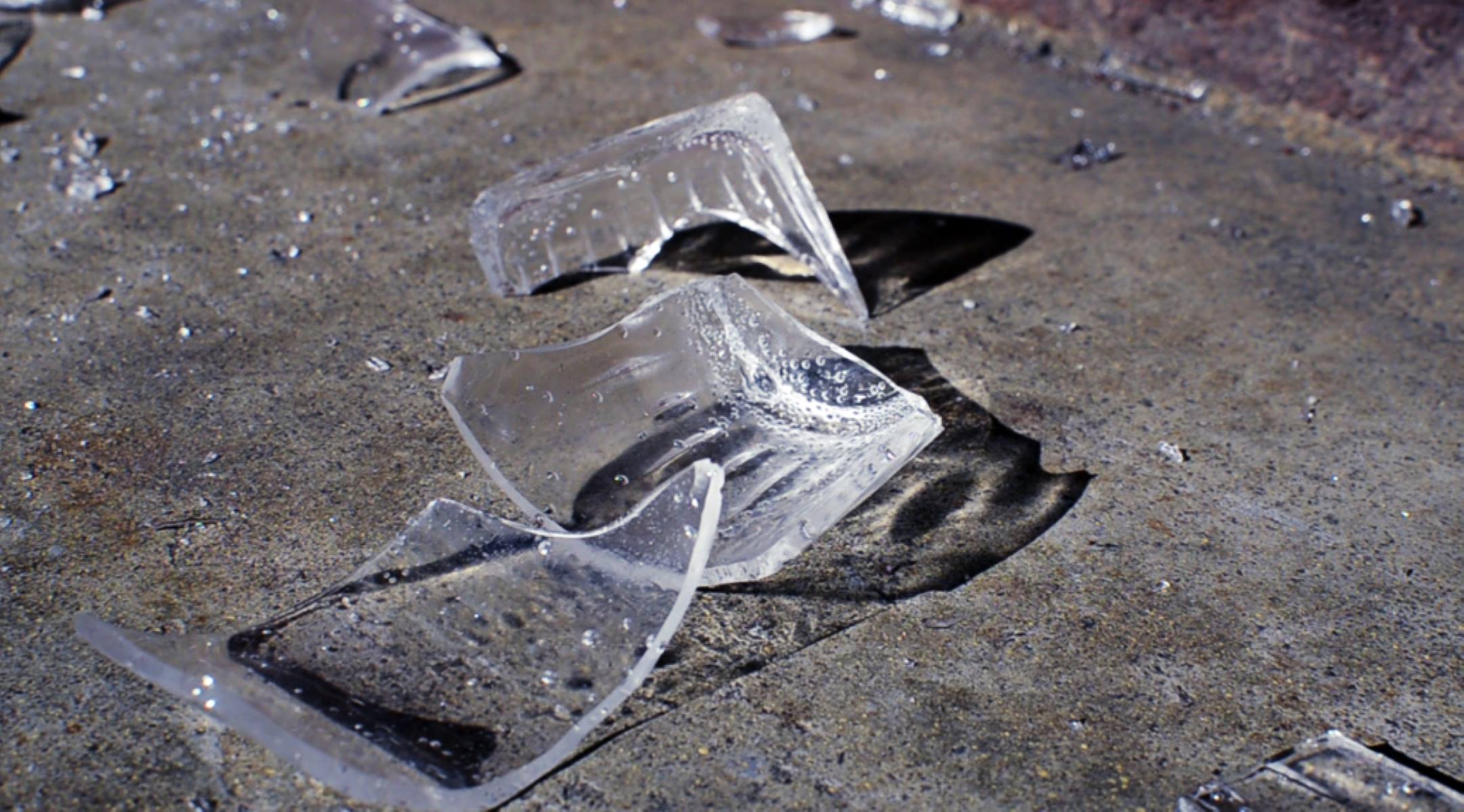

Interior Design Trends
How To Make Breakaway Glass
Published: February 7, 2024
Learn how to make breakaway glass for your interior design projects. Discover the latest interior design trends and create stunning glass pieces. Unlock your creativity with our step-by-step guide.
(Many of the links in this article redirect to a specific reviewed product. Your purchase of these products through affiliate links helps to generate commission for Storables.com, at no extra cost. Learn more)
Introduction
Creating breakaway glass is a fascinating and practical skill that has numerous applications in the world of film, theater, and special effects. This specialized type of glass, also known as sugar glass, is designed to shatter upon impact, providing a realistic yet safe alternative to traditional glass. Whether you're a budding filmmaker, a theater enthusiast, or simply intrigued by the art of practical effects, learning how to make breakaway glass can open up a world of creative possibilities.
The process of making breakaway glass involves a delicate balance of art and science. By understanding the properties of the materials involved and following precise steps, you can produce a convincing and safe substitute for real glass. This versatile material has been used in countless iconic scenes, adding a touch of drama and realism without posing any risk to actors or crew members.
In this comprehensive guide, we will delve into the materials needed, the step-by-step process of creating breakaway glass, as well as essential tips and safety precautions to ensure a successful and secure production. Whether you're aiming to craft a dramatic stunt sequence or enhance the visual impact of a stage performance, mastering the art of making breakaway glass can elevate your creative endeavors to new heights.
So, roll up your sleeves and prepare to embark on a journey into the captivating world of practical effects. With the right guidance and a dash of creativity, you'll soon be equipped to bring your artistic visions to life with the magic of breakaway glass.
Key Takeaways:
- Creating breakaway glass involves a precise blend of ingredients like corn syrup and granulated sugar, offering a safe and realistic alternative to real glass for film and theater productions.
- Safety and patience are crucial when making breakaway glass. Precision in temperature control, thorough mold preparation, and open communication ensure a smooth and secure production process.
Read more: How To Make Sugar Glass
Materials Needed
To embark on the exciting process of creating breakaway glass, you will need a carefully curated selection of materials that are essential for achieving the desired results. Each component plays a crucial role in the chemical and physical properties of the final product, ensuring that the breakaway glass possesses the necessary strength, transparency, and, most importantly, the ability to shatter convincingly upon impact.
Here's a comprehensive list of the materials required to make breakaway glass:
1. Corn Syrup
Corn syrup serves as a fundamental ingredient in the creation of breakaway glass. Its viscous and adhesive nature contributes to the structural integrity of the glass, allowing it to hold its shape while also providing the necessary flexibility for shattering upon impact.
2. Granulated Sugar
Granulated sugar is a key component in the recipe for breakaway glass. When heated and combined with other ingredients, it undergoes a transformation that results in a glass-like appearance and texture, making it an ideal substitute for real glass.
3. Cream of Tartar
This acidic powder is often used in cooking and baking, but it also plays a crucial role in the production of breakaway glass. Cream of tartar helps prevent the crystallization of sugar, ensuring a smooth and uniform texture in the final product.
Read more: How To Make Iridescent Glass
4. Water
Water is a universal solvent and is essential for dissolving the sugar and creating the syrupy base of the breakaway glass. It facilitates the blending of ingredients and contributes to the overall consistency of the mixture.
5. Food Coloring (Optional)
Adding food coloring to the breakaway glass mixture allows for customization and creativity, enabling you to achieve the desired hue for specific visual effects or thematic considerations.
6. Flavor Extracts (Optional)
While not essential, flavor extracts can be incorporated to enhance the sensory experience of working with breakaway glass. These extracts can infuse the glass with pleasant aromas, making the preparation process more enjoyable.
7. Non-Stick Cooking Spray
Non-stick cooking spray is used to coat molds and utensils, preventing the breakaway glass from sticking and facilitating easy removal once it has set.
Read more: How To Make A Glass Terrarium
8. Mixing Bowls and Utensils
A set of mixing bowls and utensils are necessary for combining and stirring the ingredients, ensuring that the mixture is thoroughly blended and free of lumps.
9. Candy Thermometer
A candy thermometer is an indispensable tool for monitoring the temperature of the breakaway glass mixture during the cooking process. This precision is crucial for achieving the desired texture and consistency.
10. Molds
Molds are used to shape the breakaway glass into the desired forms, such as bottles, windows, or other glass objects. Silicone molds are recommended for their flexibility and ease of use.
By gathering these essential materials, you will be well-equipped to embark on the exciting journey of creating breakaway glass. Each component plays a vital role in the alchemical process of transforming simple ingredients into a versatile and visually convincing substitute for real glass. With these materials at your disposal, you are ready to proceed to the next stage: the step-by-step process of making breakaway glass.
Steps to Make Breakaway Glass
Creating breakaway glass involves a meticulous process that combines precise measurements, controlled heating, and careful molding to achieve the desired results. By following these step-by-step instructions, you can master the art of making breakaway glass and unleash its potential in various creative endeavors.
-
Prepare the Work Area: Before diving into the process, ensure that your work area is clean and well-organized. Gather all the necessary materials and tools, and lay them out in an easily accessible manner. This preparation will streamline the production process and minimize any potential disruptions.
-
Combine the Ingredients: In a large, heavy-bottomed saucepan, combine the corn syrup, granulated sugar, cream of tartar, and water. Stir the mixture gently to ensure that the ingredients are thoroughly integrated. If you choose to add food coloring or flavor extracts for customization, this is the stage at which to do so.
-
Heat the Mixture: Place the saucepan over medium heat and attach the candy thermometer to the side, ensuring that it does not touch the bottom of the pan. Gradually heat the mixture, stirring occasionally to prevent the sugar from sticking to the pan. Monitor the temperature closely, aiming to reach the "hard crack" stage, which typically ranges between 300°F and 310°F (149°C to 154°C).
-
Prepare the Molds: While the mixture is heating, lightly coat the inside of the molds with non-stick cooking spray. This step is crucial for ensuring that the breakaway glass can be easily removed from the molds once it has set.
-
Pour the Mixture: Once the mixture reaches the hard crack stage, remove it from the heat and allow it to cool slightly for a minute or two. Carefully pour the hot mixture into the prepared molds, taking care to avoid spills and ensuring that the molds are evenly filled.
-
Allow for Cooling and Setting: Allow the filled molds to cool at room temperature until the breakaway glass has fully set. This process typically takes several hours, depending on the size and thickness of the molds. Avoid disturbing the molds during this crucial setting period to ensure the structural integrity of the breakaway glass.
-
Release the Breakaway Glass: Once the breakaway glass has completely cooled and set, gently remove it from the molds. The non-stick cooking spray should facilitate easy removal, allowing you to admire the transparent and glass-like appearance of the finished product.
-
Fine-Tune and Store: Inspect the breakaway glass for any imperfections or irregularities, and make any necessary adjustments. Once satisfied with the results, store the breakaway glass in a cool, dry place, ensuring that it is protected from moisture and physical damage.
By following these meticulous steps, you can successfully create breakaway glass that possesses the essential qualities of real glass while offering the unique ability to shatter convincingly upon impact. This versatile material opens up a world of creative possibilities, allowing you to bring captivating visual effects to the screen or stage with confidence and flair.
Read more: How To Make Glass Into Mirror
Tips and Safety Precautions
When working with breakaway glass, it is essential to prioritize safety and adhere to best practices to ensure a smooth and secure production process. Additionally, incorporating valuable tips can enhance the quality of the breakaway glass and streamline the overall experience. Here are some crucial tips and safety precautions to consider:
1. Protective Gear
Prior to embarking on the process of making breakaway glass, it is advisable to don appropriate protective gear, including heat-resistant gloves and safety goggles. These items provide essential protection against potential splatters and burns during the heating and pouring stages, ensuring the safety of the individual handling the hot mixture.
2. Precision in Temperature Control
Maintaining precise control over the temperature of the breakaway glass mixture is paramount. Use a reliable candy thermometer and monitor the heating process attentively to achieve the desired hard crack stage. This precision ensures that the breakaway glass attains the necessary structural integrity and shattering properties.
3. Patience During Cooling
Resist the temptation to rush the cooling and setting process of the breakaway glass. Allowing the glass to cool at its own pace, undisturbed, promotes the formation of a robust and uniform structure. Hastening this crucial phase may compromise the integrity of the glass, affecting its ability to shatter convincingly.
Read more: How To Make Fused Glass
4. Thorough Mold Preparation
Ensure that the molds are meticulously prepared with non-stick cooking spray before pouring the hot mixture. This step facilitates the effortless removal of the breakaway glass once it has set, preventing any damage or distortion to the finished pieces.
5. Test and Adjust
Before committing to a large production run, consider conducting a small-scale test batch of breakaway glass. This allows for the evaluation of the mixture's consistency, transparency, and shattering properties. Any necessary adjustments can be made based on the results of the test, ensuring that the final production yields high-quality breakaway glass.
6. Storage Considerations
Once the breakaway glass has been crafted, store it in a cool, dry environment to preserve its integrity. Avoid exposing the glass to excessive moisture or extreme temperatures, as these factors can compromise its stability and shattering characteristics.
7. Collaborative Communication
If creating breakaway glass for a collaborative project, maintain open communication with the team members involved in its use. Clearly convey the properties and handling instructions of the breakaway glass to ensure its safe and effective integration into the production.
By adhering to these tips and safety precautions, you can navigate the process of making breakaway glass with confidence and precision. These measures not only contribute to the safety of the production environment but also enhance the quality and reliability of the final product, allowing you to unleash the full potential of breakaway glass in your creative endeavors.
Read more: How To Make Glass Ornaments
Conclusion
In conclusion, mastering the art of making breakaway glass opens up a realm of creative possibilities, offering a safe and visually convincing alternative to real glass. The process of creating breakaway glass requires a delicate balance of precision, patience, and attention to detail. By carefully combining corn syrup, granulated sugar, cream of tartar, and water, and subjecting the mixture to controlled heating and molding, you can produce a versatile material that possesses the essential qualities of glass while being designed to shatter upon impact.
The materials and tools required for making breakaway glass, including corn syrup, granulated sugar, cream of tartar, molds, and a candy thermometer, form the foundation of this captivating process. Each component plays a crucial role in achieving the desired texture, transparency, and shattering properties, allowing for the creation of customized glass-like pieces tailored to specific creative needs.
The step-by-step instructions outlined in this guide provide a comprehensive roadmap for successfully crafting breakaway glass. From preparing the work area and combining the ingredients to pouring the mixture into molds and allowing it to cool and set, each stage demands precision and care. The incorporation of valuable tips and safety precautions further ensures a smooth and secure production process, prioritizing the well-being of the individuals involved and the quality of the final product.
Upon mastering the art of making breakaway glass, the applications of this versatile material are boundless. Whether it's for creating realistic stunt props in film and theater, enhancing the visual impact of special effects, or adding an element of surprise to stage performances, breakaway glass serves as a valuable tool for bringing artistic visions to life. Its ability to shatter convincingly upon impact, coupled with its transparent and glass-like appearance, makes it a sought-after resource in the realm of practical effects.
As you embark on your journey into the captivating world of practical effects, remember that patience, precision, and a commitment to safety are paramount. By honing your skills in making breakaway glass, you can elevate your creative endeavors, infusing them with a touch of drama, realism, and, most importantly, a commitment to the safety and well-being of all involved. With the right guidance and a dash of creativity, you'll soon be equipped to bring your artistic visions to life with the magic of breakaway glass.
Frequently Asked Questions about How To Make Breakaway Glass
Was this page helpful?
At Storables.com, we guarantee accurate and reliable information. Our content, validated by Expert Board Contributors, is crafted following stringent Editorial Policies. We're committed to providing you with well-researched, expert-backed insights for all your informational needs.


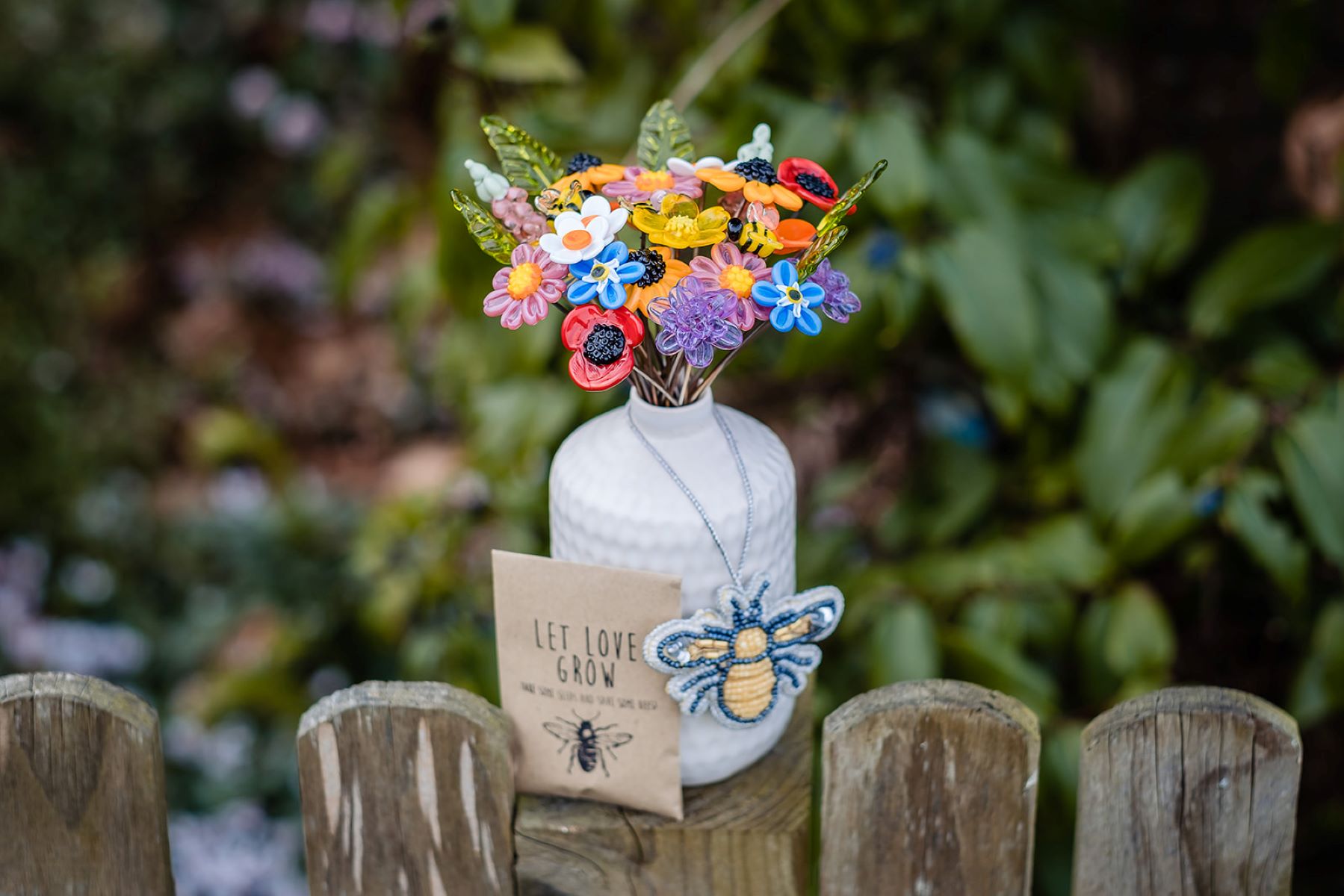
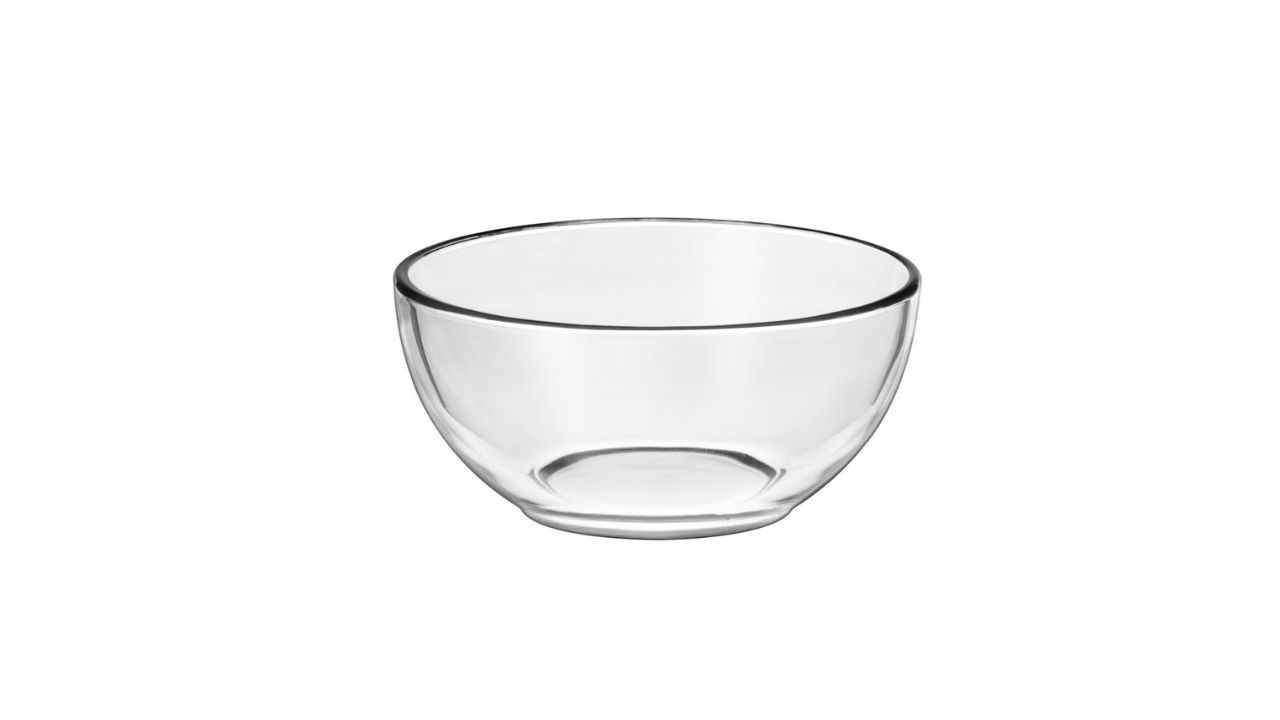
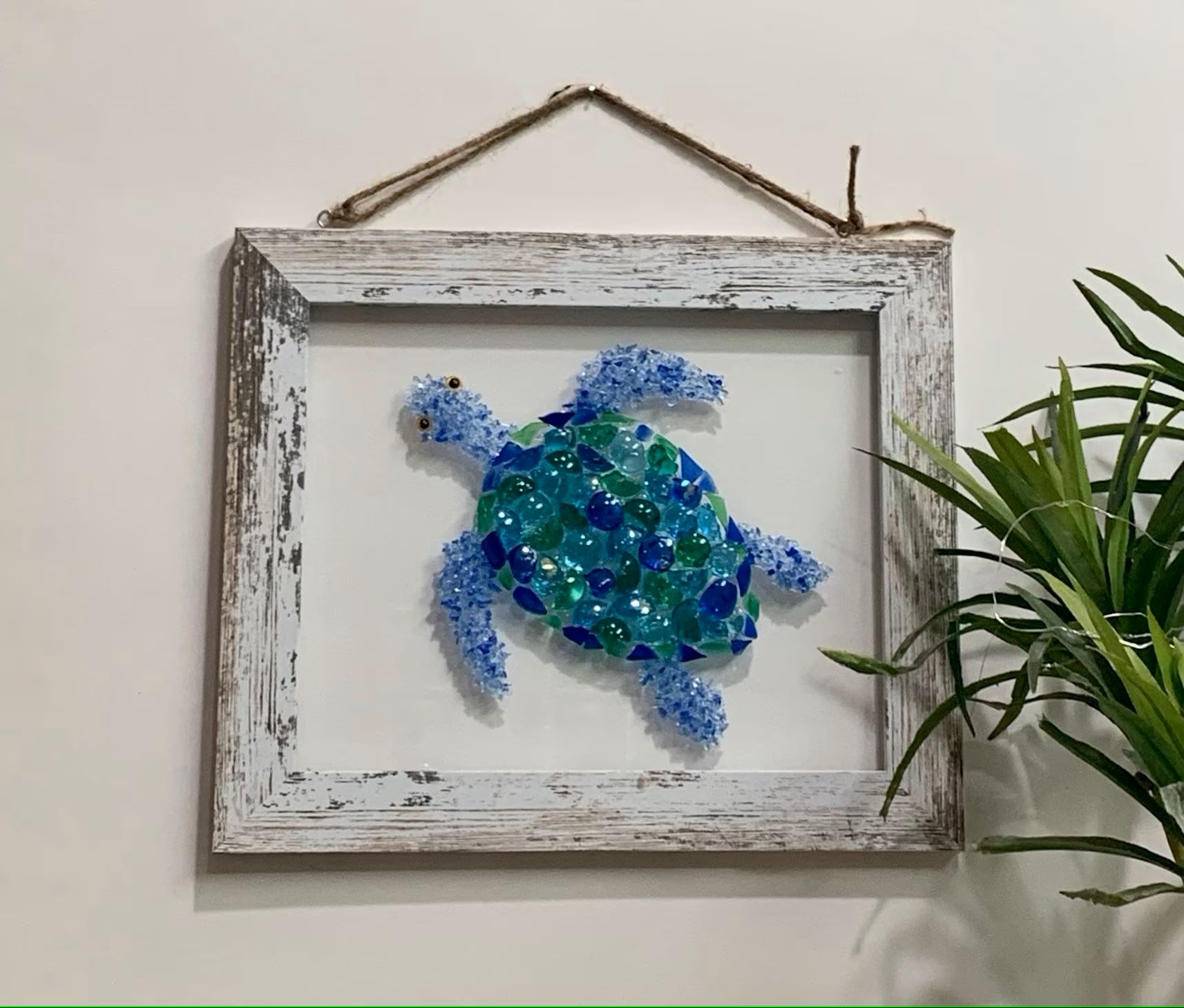
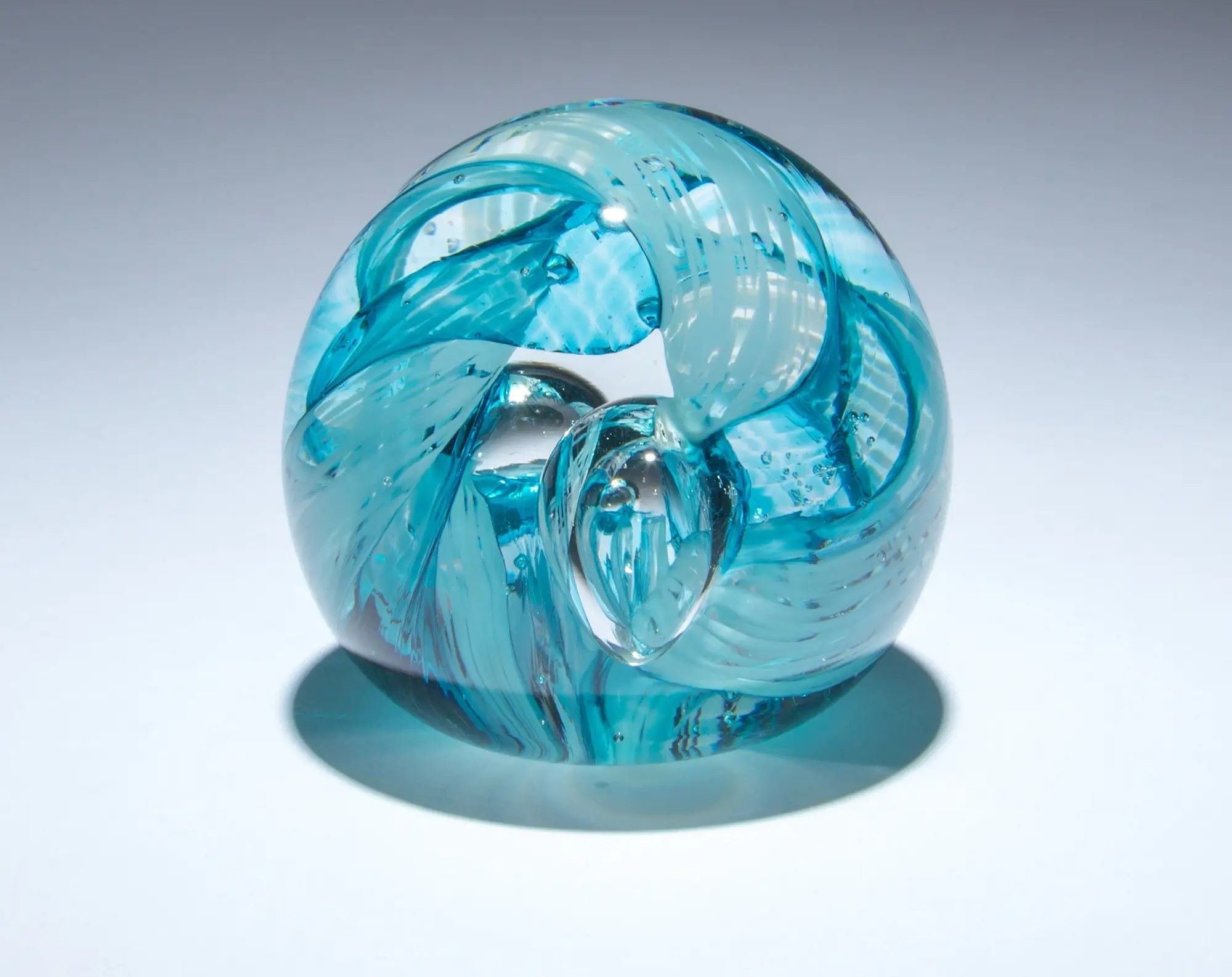
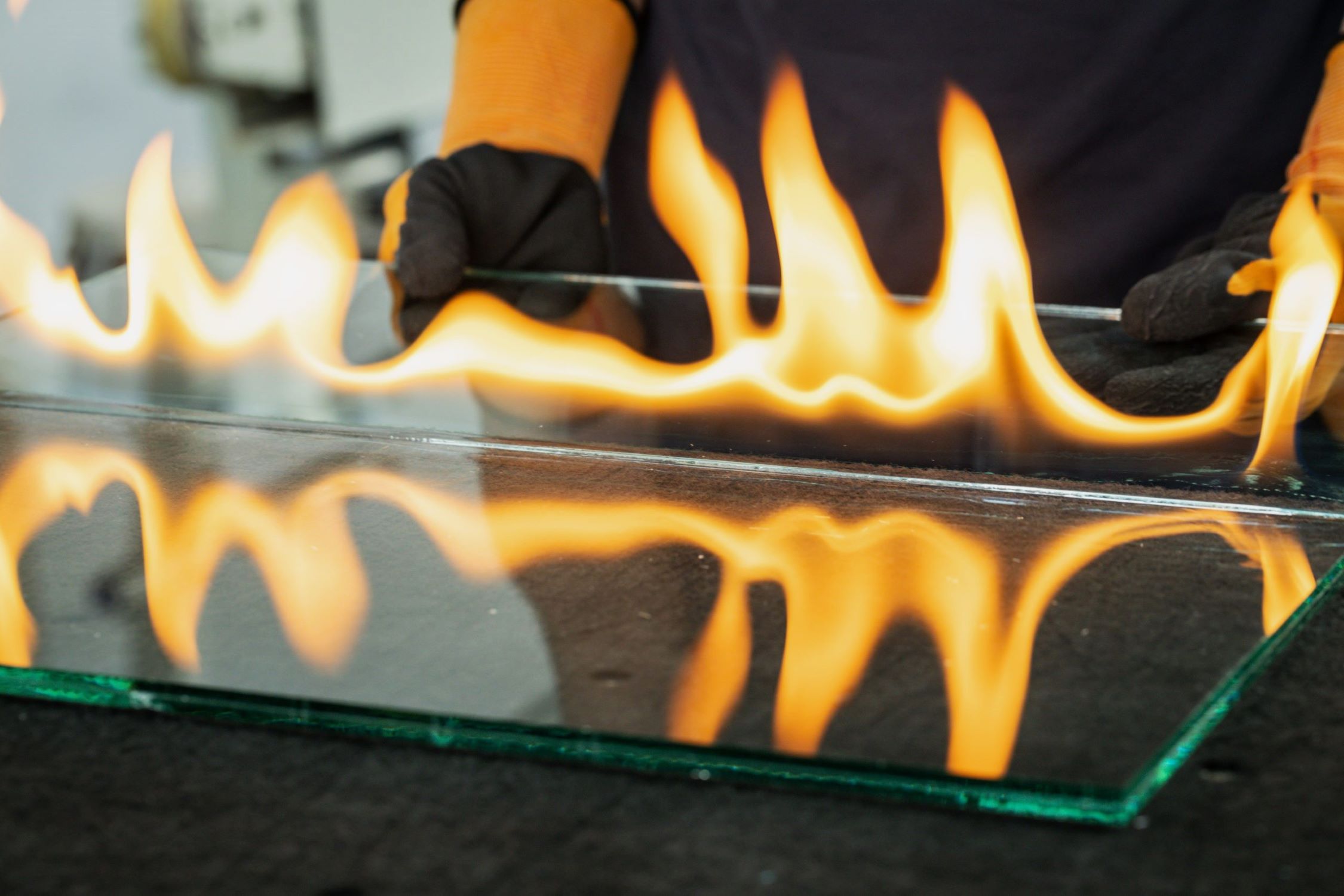
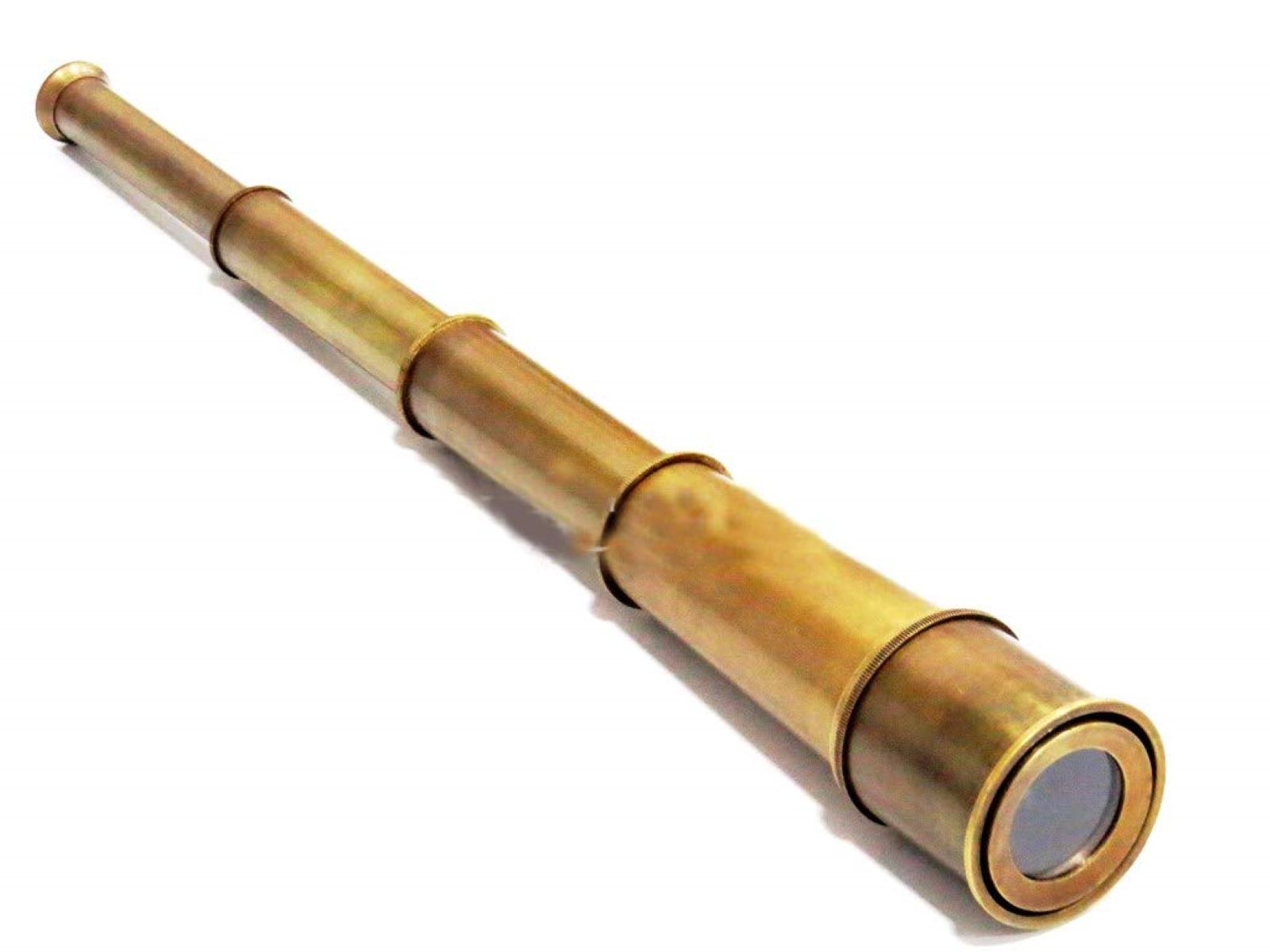
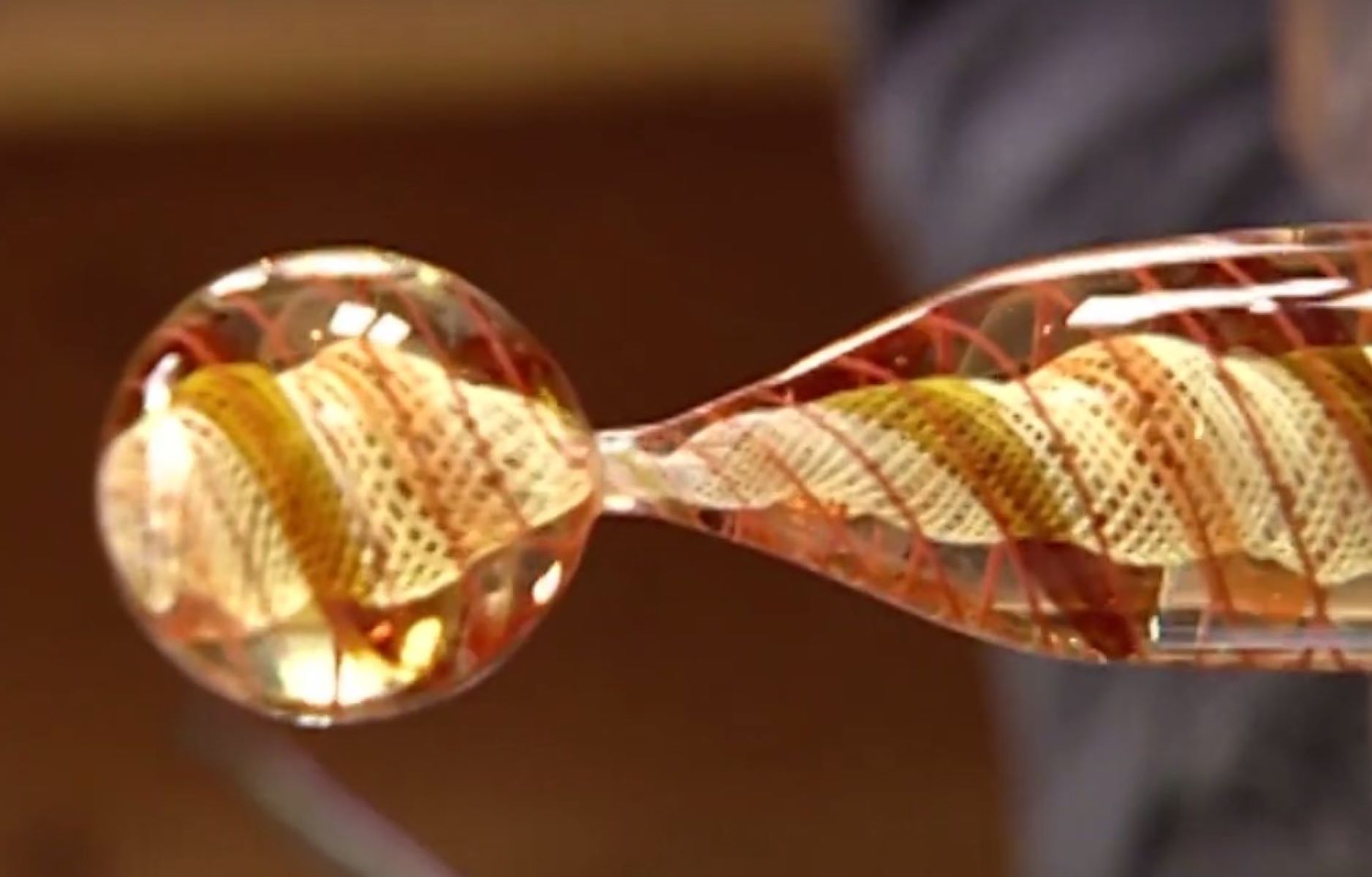
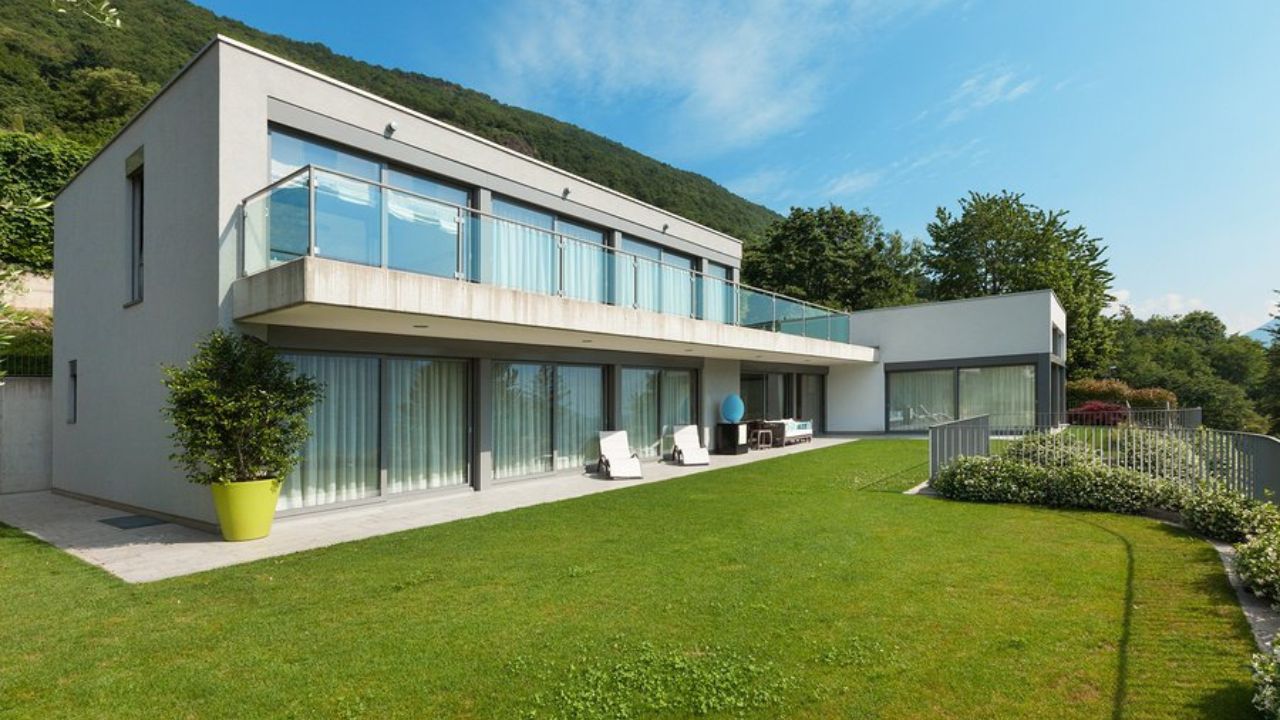

0 thoughts on “How To Make Breakaway Glass”